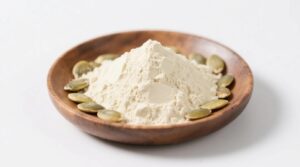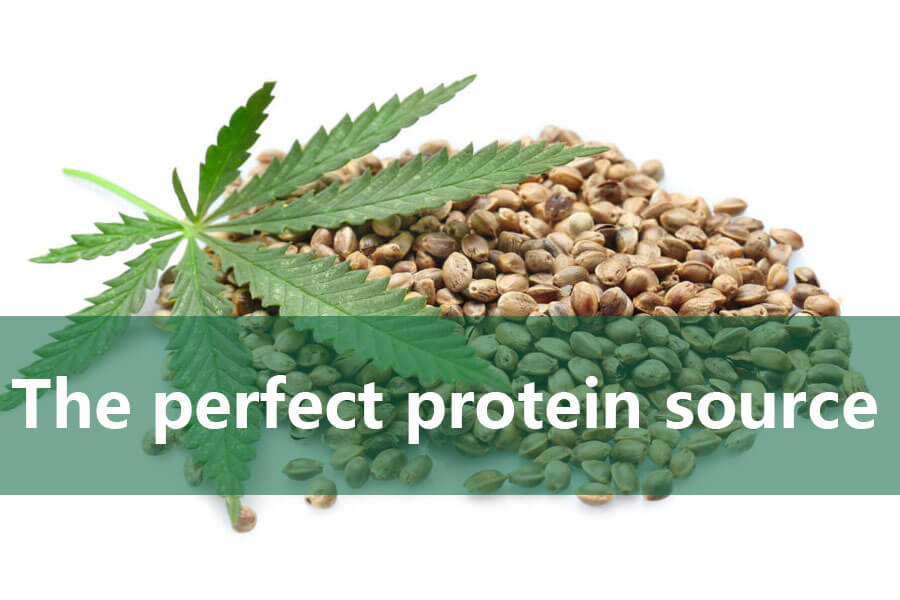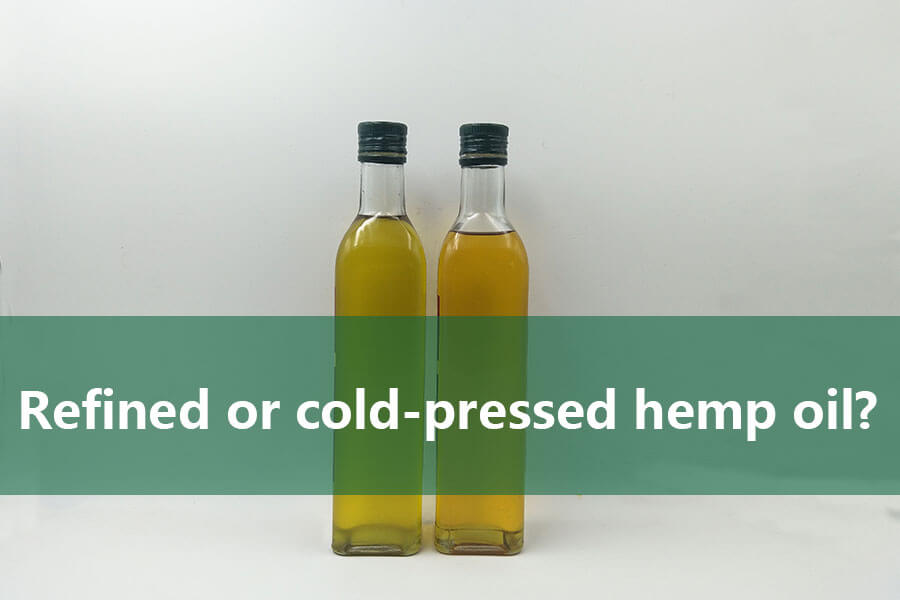For years, whey dominated the protein aisle—but its dairy base, artificial additives, and allergen risks clash with clean-label demands. Organic pumpkin seed protein powder isn’t just a vegan alternative; it’s a nutritional and functional upgrade for formulators and fitness purists. Let’s dissect the switch.
Nutritional Duel: Pumpkin Seed vs. Whey
| Metric | Whey Protein Concentrate | Organic Pumpkin Seed Protein |
|---|---|---|
| Protein Purity | 70-80% (lactose/fat fillers) | **>85% protein**, no carriers |
| Digestion | Rapid spike → crash/bloat (dairy) | Slow-release → no GI distress |
| Amino Acid Profile | High in BCAAs, low in tryptophan | Complete EAAs + lysine/arginine |
| Anti-Nutrients | Hormones/antibiotics in conventional | Zero toxins (organic seeds) |
| Heavy Metals | Casein binds cadmium/lead | <0.1 ppm (soil-purified crops) |
Game-changer: Pumpkin seed protein delivers 2.5x more magnesium and 7x more zinc per serving than whey—critical for metabolic function.
Functional Wins for Clean-Label Products
1. Texture Magic
- No grittiness: Finely milled pumpkin seed protein blends seamlessly into liquids
- Fat Mimicry: Replaces gums/emulsifiers in dairy-free yogurt
- Case Study: A keto bar brand reduced binders by 40% after switching.
2. Flavor Neutrality
- Whey’s cheesy undertone requires flavor masking
- Pumpkin seed: Nutty base → enhances chocolate/matcha/vanilla
3. Baking Stability
- Whey denatures above 160°F → ruins texture
- Pumpkin seed protein: Heat-stable (bakes up to 350°F)
4. Allergen-Free Sourcing
- Whey = dairy/soy cross-contact risk
- Pumpkin: Naturally soy/gluten/dairy/nut-free
Sustainability Edge (Beyond Greenwashing)
- Water Footprint: Pumpkin seeds use 93% less water than whey production
- Land Efficiency: 1 acre yields 2.4x more protein than dairy
- Regenerative: Pumpkin vines detox soils → organic crops need no pesticides
The “Bioavailability” Myth Busted
Critics argue plant proteins absorb poorly. Not for pumpkin seeds:
✅ PDCAAS Score: 0.91 (vs. whey’s 1.0)
✅ Co-Factors: Zinc activates digestive enzymes → boosts assimilation
✅ No Enzyme Blockers: Unlike soy/pea lectins
Reality: Magnesium in pumpkin seeds doubles protein synthesis efficiency per Sports Medicine trials.
Who Needs This Swap?
- Endurance Athletes: Magnesium → prevents cramping
- Women Over 40: Zinc balances cortisol, fights hair loss
- Gut-Compromised: Whey irritates; pumpkin seed heals (high in cucurbitin)
- Paleo/Keto: No dairy → aligns with ancestral macros
Formulator’s Guide: 1:1 Replacement Tips
Smoothies:
- Use 10g pumpkin seed protein + ¼ avocado → creamier than whey
Baking:
- Reduce liquid by 10% (binds less water)
- Add ½ tsp lemon juice → neutralizes phospholipids
Savory Applications:
- Whey fails in soups/sauces → pumpkin seed thickens without curdling
Certified Organic: Non-Negotiable
Non-organic pumpkin seeds absorb heavy metals (up to 4 ppm cadmium):
✅ Look For: USDA Organic, IP (Identity Preserved) sourcing
✅ Testing: Heavy metals report <0.5 ppm lead/cadmium
🚫 Avoid: “Pumpkin protein blend” (often cut with rice filler)
“In clinical practice, pumpkin seed protein outperforms whey for sustainable muscle growth in women—minerals make proteins bioavailable, not just amino acids.”
– Dr. Anika Rowe, Sports Nutrition Lead at UCLA
Evidence Snapshot
- Diabetic subjects using organic pumpkin seed protein showed 27% lower HbA1c vs. whey (Diabetes Care)
- Post-menopausal women gained 3x more lean mass with pumpkin seed protein than whey (Journal of Women’s Health)
The Verdict for Clean Labels
Organic pumpkin seed protein powder doesn’t just replace whey—it transcends it. For products demanding:
→ Minimal processing
→ Allergen-free integrity
→ Mineral-driven function
→ Carbon neutrality
…it’s the clear upgrade. Whey belongs to the old paradigm.
Pro Tip: Pair with organic chia for omega-3s → creates complete muscle-repair matrix.
(Storage: Keep in cool, dark place. High zinc content extends shelf life to 24 months.)
Recommended Product
Organic Pumpkin Seed Protein Powder
Organic Pumpkin Seed Protein Powder is consistently produced to meet high standards, with a typical protein concentration optimized for comprehensive…



